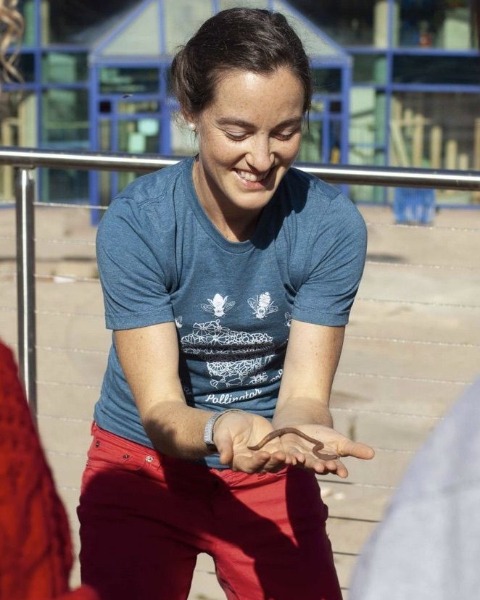Back
Contributed Talk
Session: : Broadening Participation and Impact 1
COS 53-6 - Broadening Participation in Ecological Citizen Science
Tuesday, August 8, 2023
9:15 AM - 9:30 AM PDT
Location: B117

Relena R. Ribbons, Ph.D.
Assistant Professor of Geosciences
Lawrence University
Appleton, Wisconsin, United States
Israel Del Toro, Ph.D.
Associate Professor of Biology
Lawrence University
Appleton, Wisconsin, United States
Presenting Author(s)
Coauthor(s)
Abstract: Collaborative science initiatives such as No Mow May, where technical expertise and sheer enthusiasm for a scientific inquiry is shared in partnership with local communities, continue to gain traction and grow in popularity. While the essentials of study design and hypothesis testing are the bread and butter for many experimental ecologists, guiding practices for interfacing with non-scientists and promoting collaboration aren’t well-promoted. Similar to approaches like the Community of Practice, fostering relationships with communities is a key first step in creating a robust partnership. Here, we share our insights from experiences with No Mow May, Bring Your Own Bees, and informing iterative citizen science projects. For example, designing studies that will optimizing both the experimental needs to answer a research question, with the logistics and practical elements of data collection by citizen scientists. We have collaborated with and cultivated a group of 500 engaged citizen scientists starting during peak social distancing in May of 2020, and expanding into our non-profit Pollenablers group. We explore the notion that a scientifically informed public benefits society, and continuing education beyond academia is a great way to build connectivity to prevent social isolation and promote community wellbeing.
